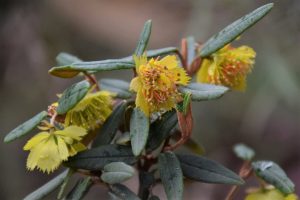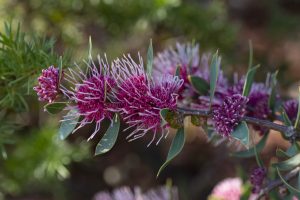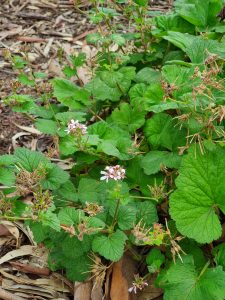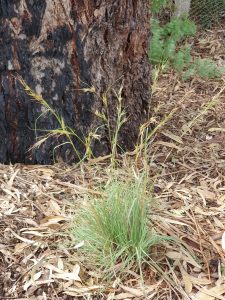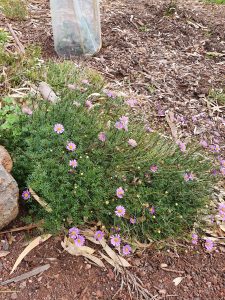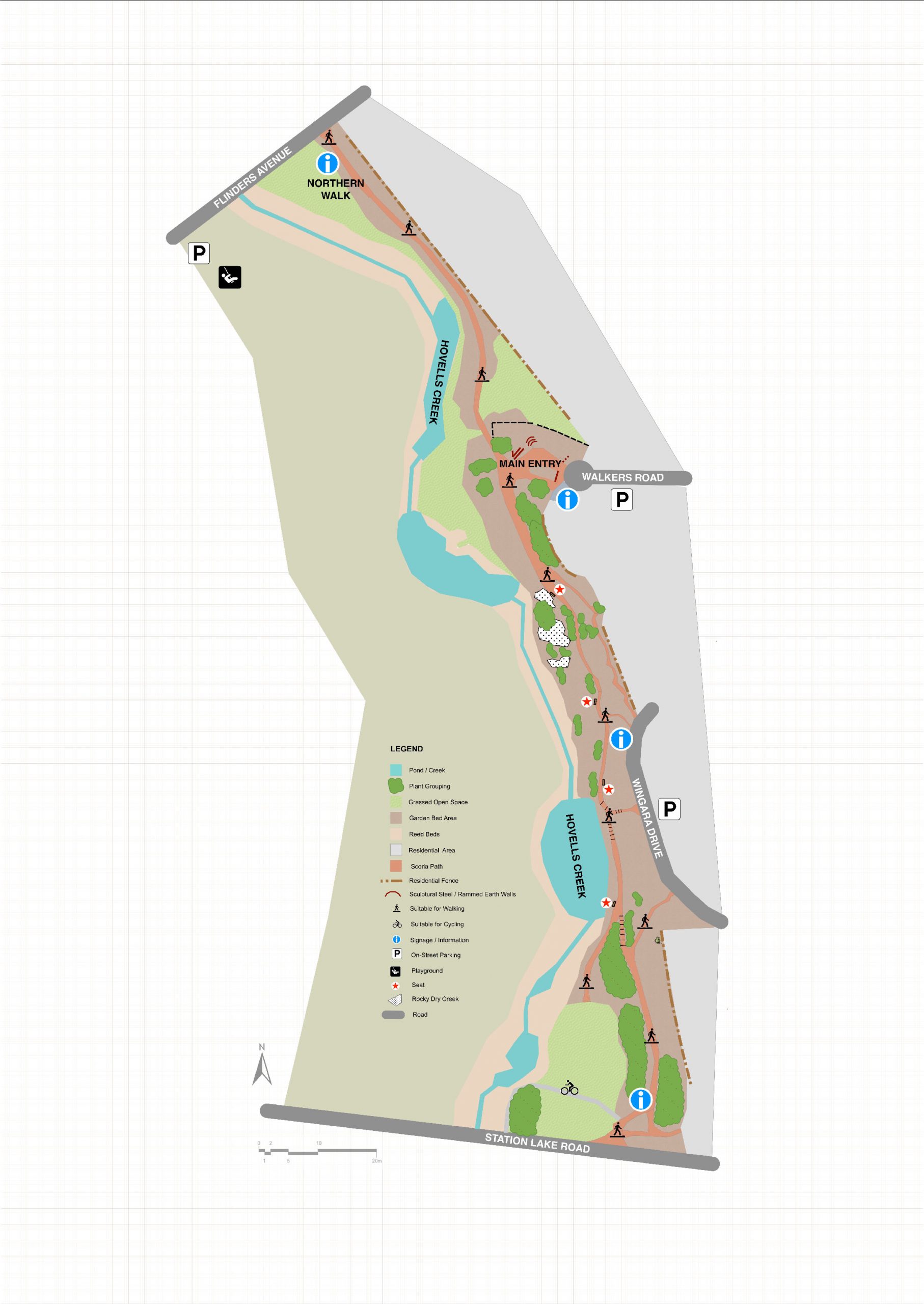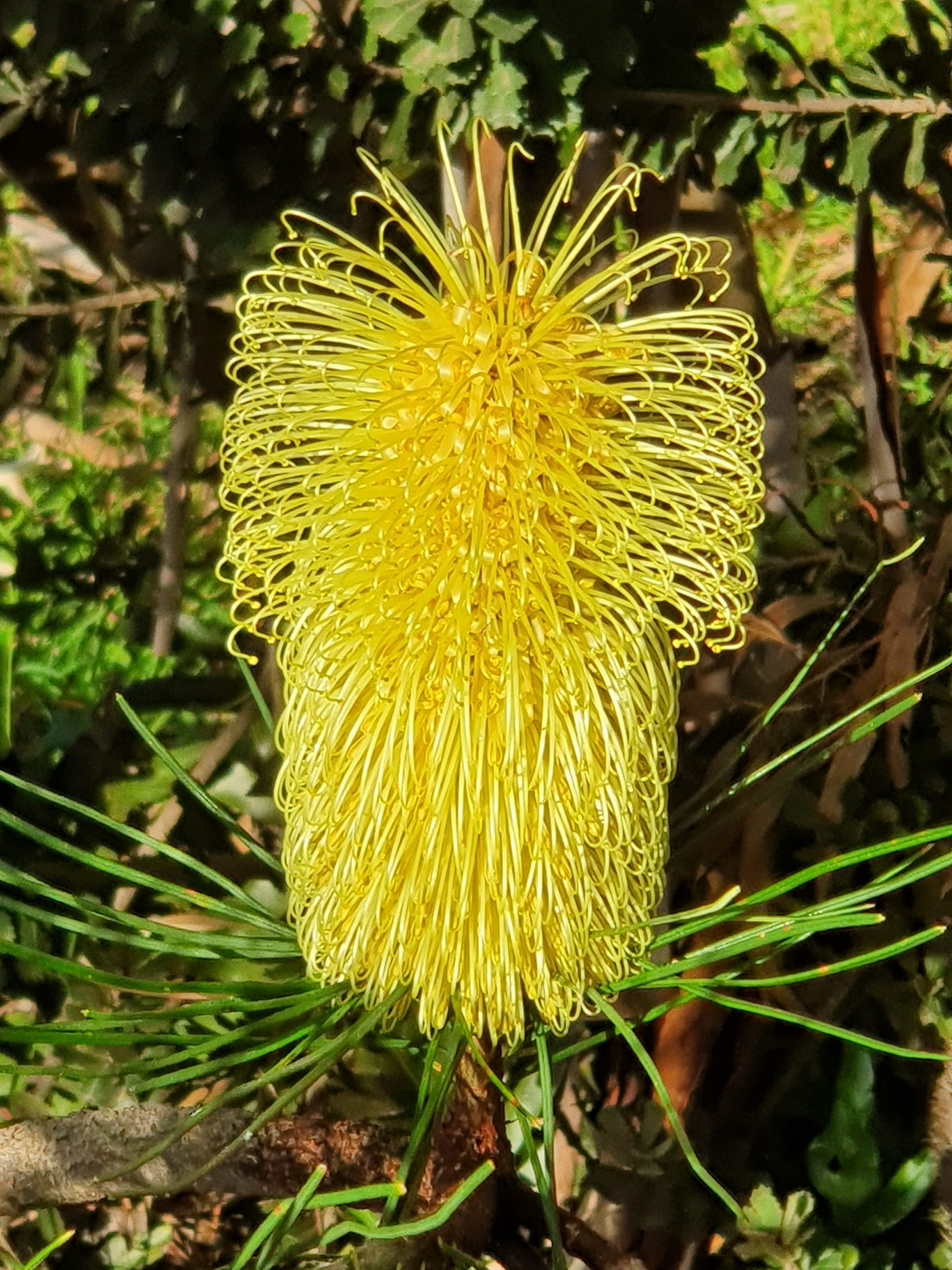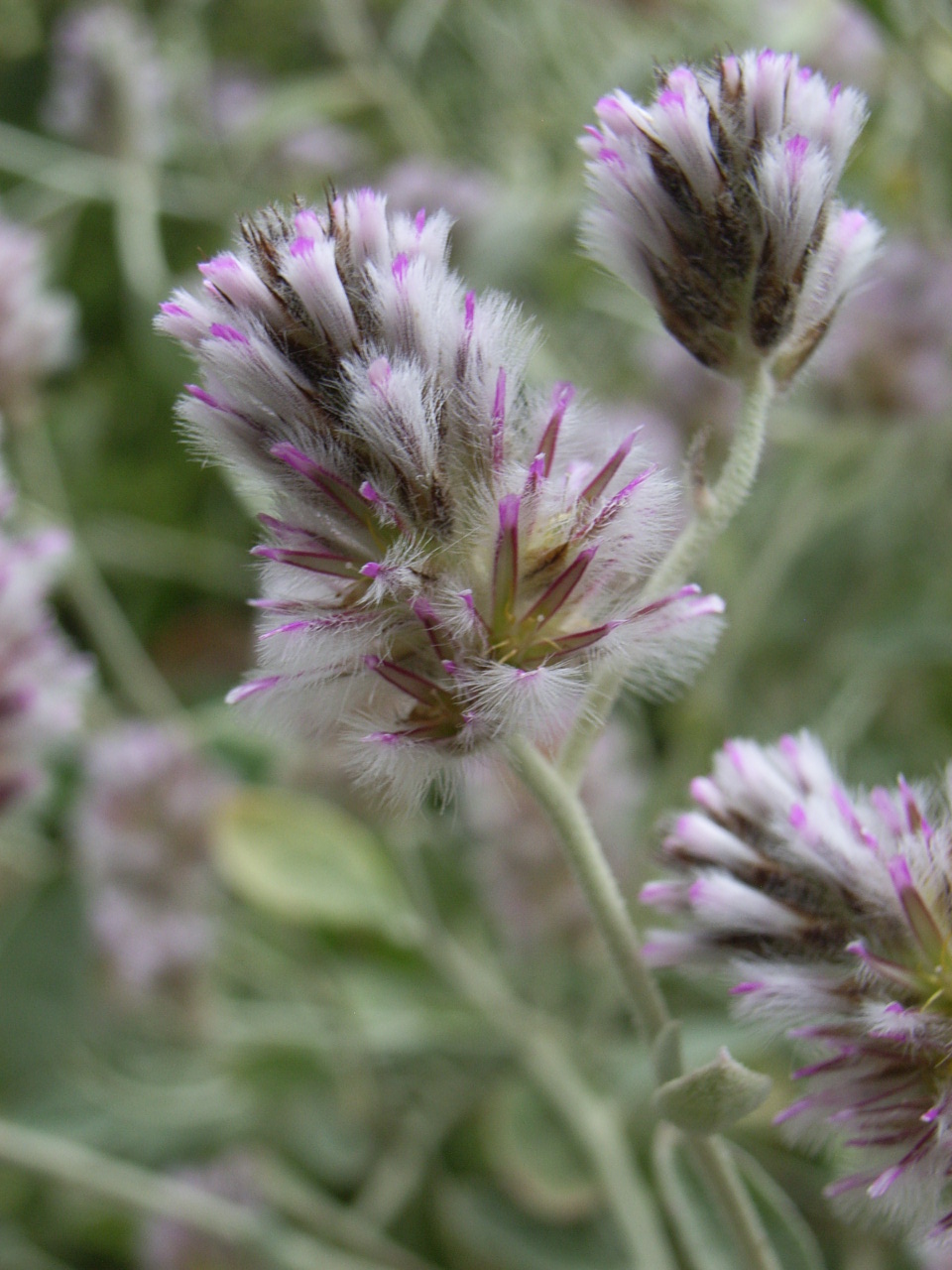The gardens of the Kevin Hoffman Walk are split into two distinctly different areas – the older, Australian native gardens and the newer, indigenous plantings gardens.
The Australian native gardens
The older and more developed part of the gardens spans between our Walkers Road entrance, all the way to Station Lake Road. These parts of the gardens contain all types of Australian native plants.
Hovells Creek is a slightly arid climate, so the plants must be able to survive here because of:
- Low water availability, due to moderately low rainfall and competition from the surrounding advanced trees.
- Some plants require more water to survive, so these are planted in irrigated areas under tree canopies, where they can be more protected from the harsh summer sun.
- High quality mulch is used around the garden beds to reduce loss of moisture by evaporation from the soil. Water-holding crystals are also used when planting new plants to assist with keeping water around the roots as the plant becomes established.
- High alkaline soils, so careful plant selection is needed to find plants that can cope in these conditions.
The Indigenous gardens
The northern end of the Kevin Hoffman Walk, between the seven Wathaurong Glass bollards at the Walkers Road entrance and Flinders Avenue, contains more of the drought-tolerant plant species which are indigenous to the area.
The indigenous plantings of the Kevin Hoffman Walk include plants that were or are still naturally found in and around the You Yangs, Werribee Plains, Brisbane Ranges and the Western Volcanic Plains areas. All of theses areas have fairly low yearly rainfall totals so the plants need to survive without irrigation.
The You Yangs is a granite outcrop and the soils in this area are fairly poor and coarse. It was once a highly diverse area in regard to the number of species present but many species have been depleted or are now extinct.
The areas surrounding the You Yangs are the Colluvial Plains (CP), which has a wide range of soils types, from gravel, to sand, clay and limestone. It ranges from estuary and swampy land, where Hovells Creek meets Corio bay, to open woodlands to the south and north-west of the You Yangs (towards the Brisbane Ranges), all the way to grasslands in the north-east (joining to the Werribee Plains).
The Western Victorian Volcanic Plains (WVP) and the Werribee Plains (WP) are predominantly grasslands, which had very few shrubs or trees. The soils are fairly sandy loam or clay-loam.
You can go for a quick tour of our indigenous gardens below
Unfortunately, some indigenous plants look similar (and are related to) to known weeds. Expertise in identifying these plants is crucial, hence why we employ a Gardener who is experienced in determining what is an indigenous plant and what is a weed.

